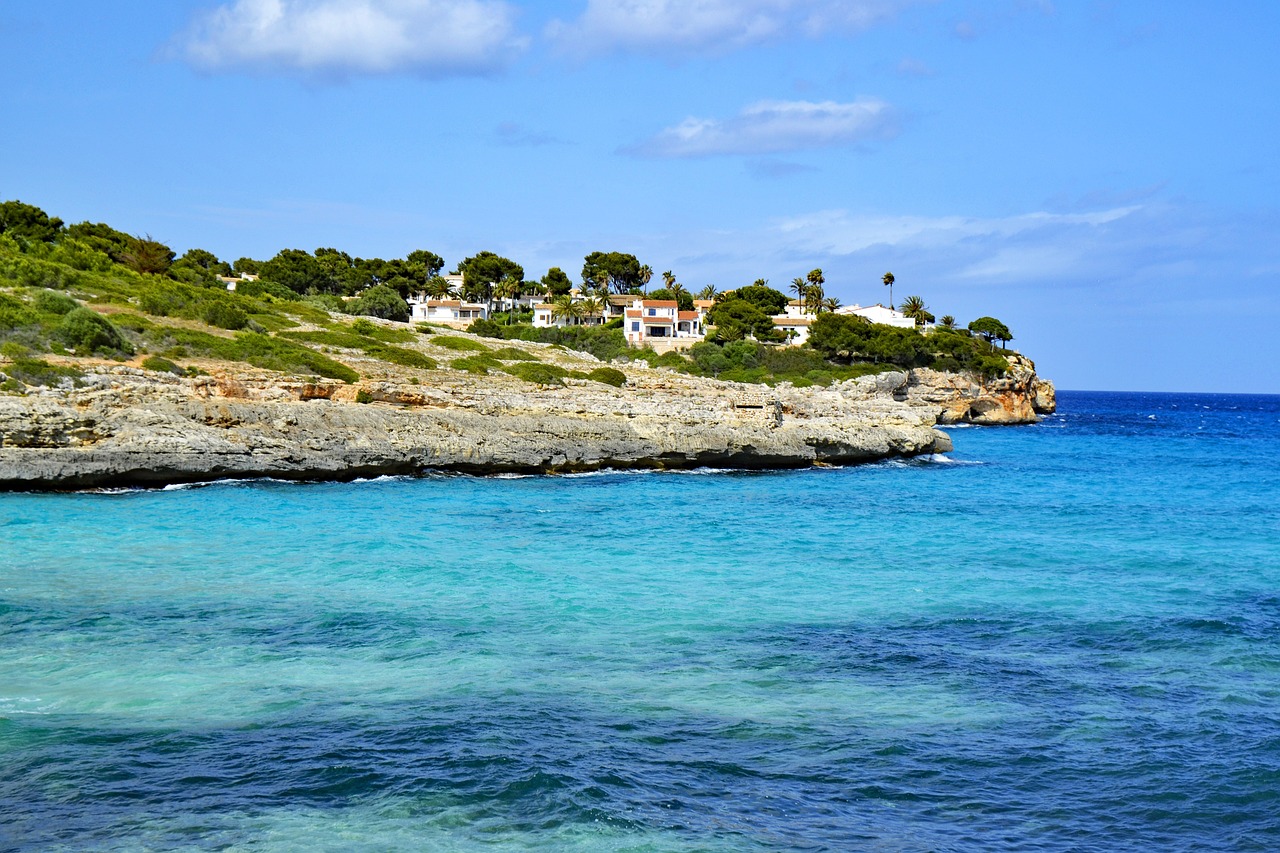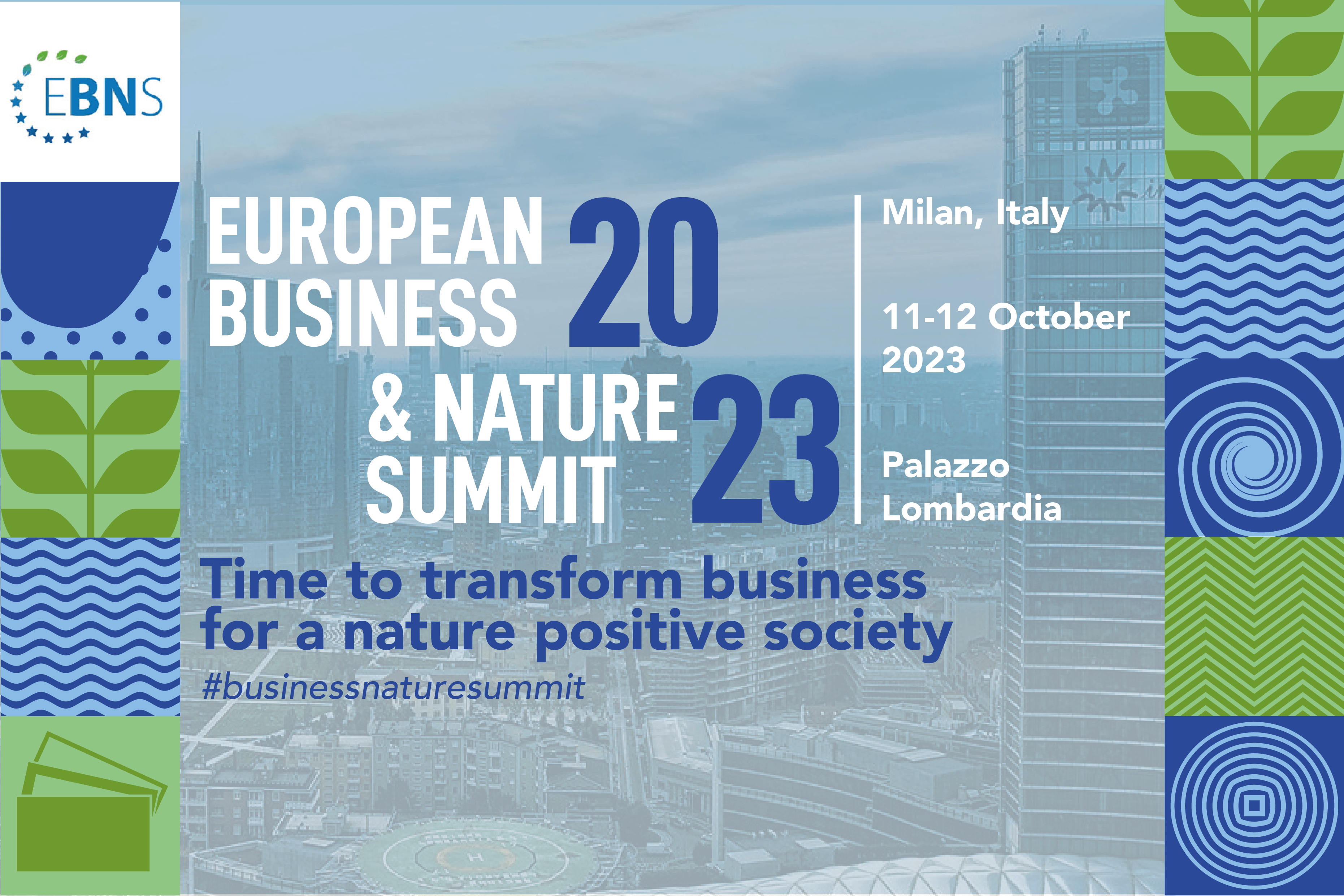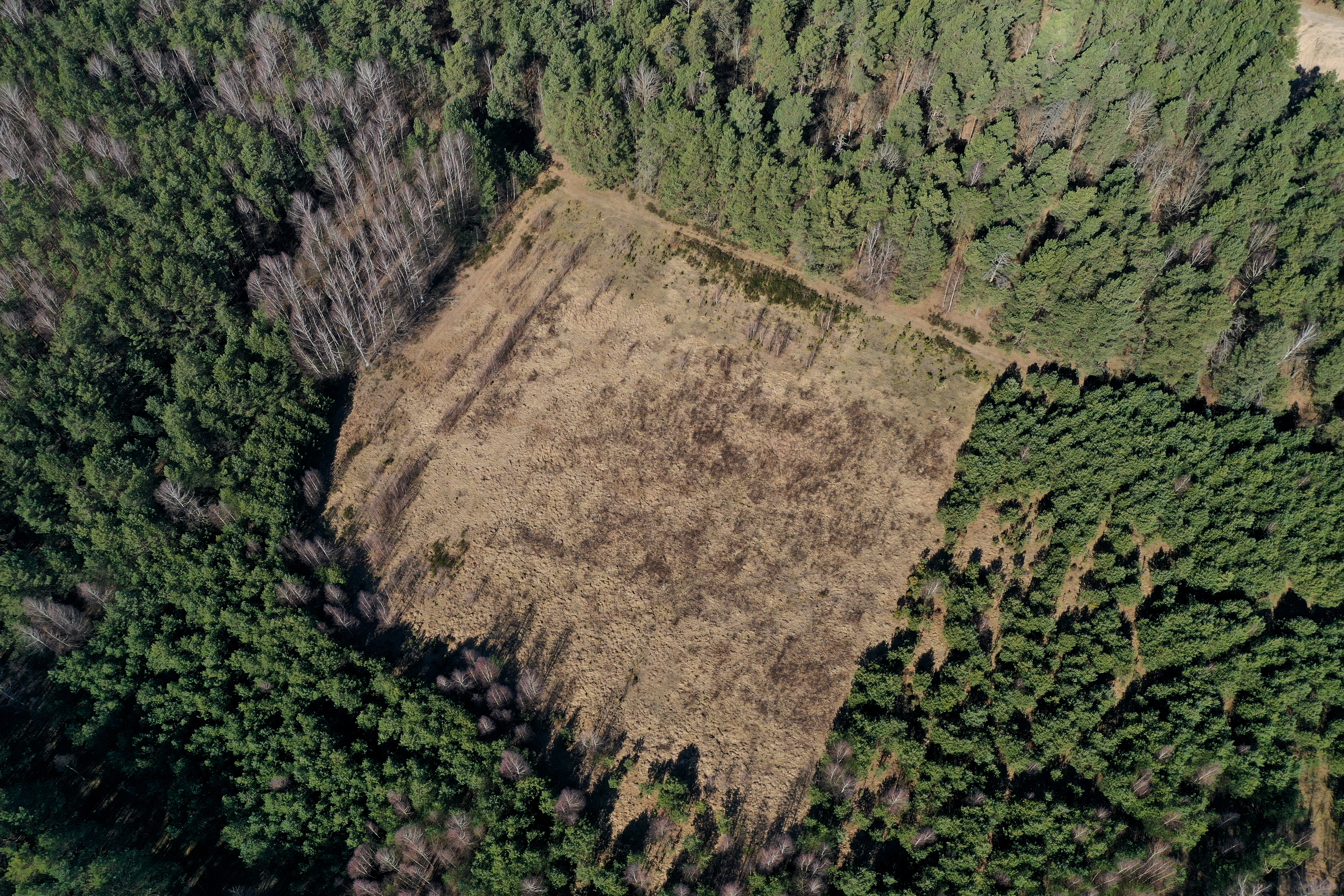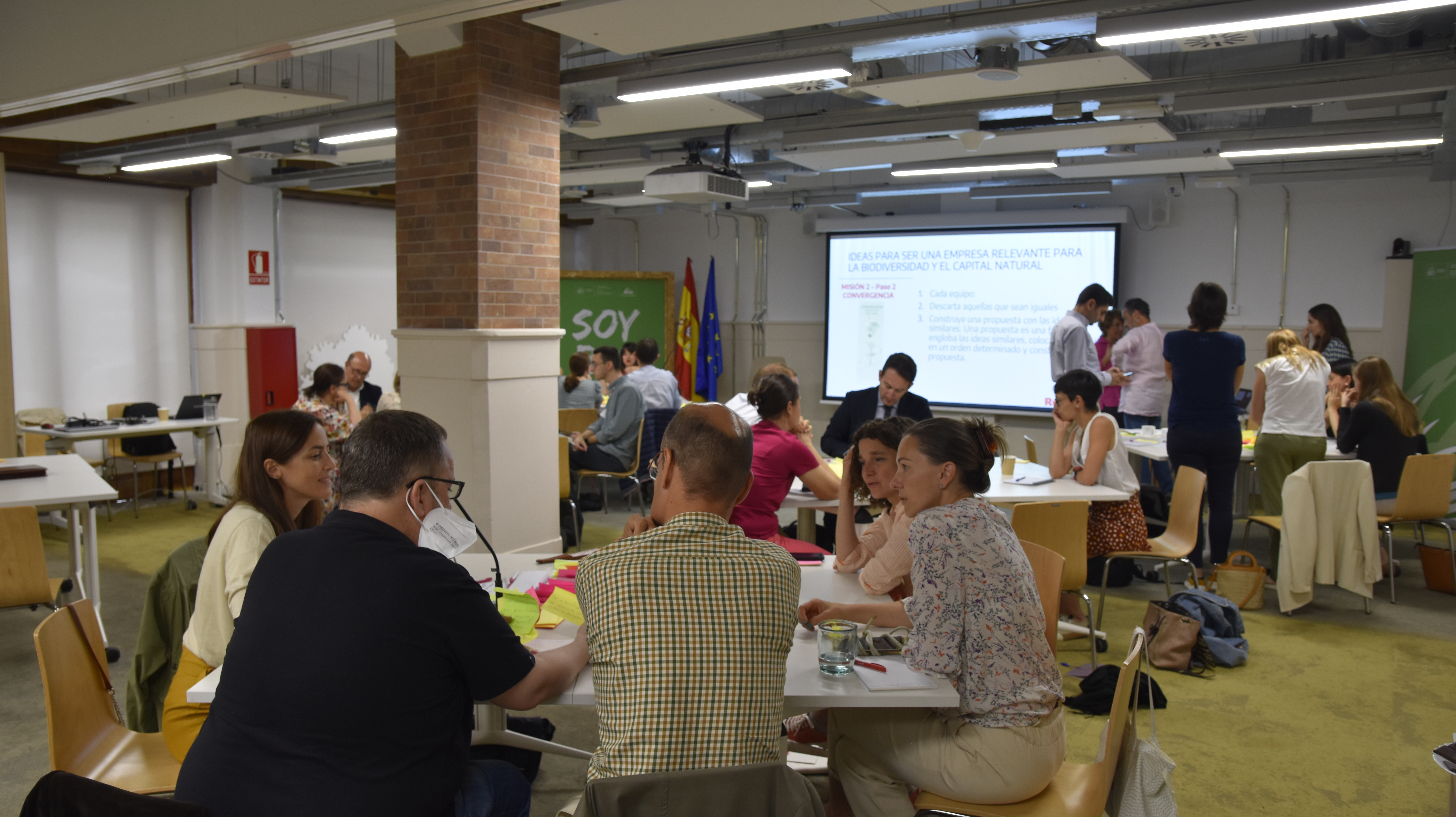New EU Package on Sustainable Finance

On 13 June, the European Commission presented a new package of measures on sustainable finance.
Among the novelties, the following stand out:
- Technical assessment criteria of the European Union taxonomy for economic activities that contribute substantially to the non-climate environmental objectives of ‘protection and restoration of biodiversity and ecosystems’, ‘sustainable use and protection of water and marine resources’, ‘transition to a circular economy’ and ‘pollution prevention and control’.
- Specific amendments to the EU Climate Taxonomy delegated act : Economic activities that contribute to climate change mitigation and adaptation are expanded, in particular in the transport and manufacturing sectors.
- Changes to the EU delegated act on taxonomy-related disclosures, in order to clarify disclosure obligations related to the new activities included.
- Proposal for a regulation to improve the reliability and transparency of environmental, social and governance (ESG) rating activities, to facilitate decision-making for investors. It includes a number of specific measures and initiatives to improve the usability of standards and assist stakeholders in their implementation.
- A new tool, the EU Taxonomy User Guide, to help companies and financial institutions assess their eligibility and alignment with the taxonomy and includes 12 use cases. This new tool joins the two existing ones: EU Taxonomy Compass, a visual representation of the economic sectors, activities and technical selection criteria included in the delegated acts of the EU taxonomy, and the EU Taxonomy Calculator that includes the reporting obligations to calculate the eligibility ratios and alignment with the taxonomy.
- Recommendations on transition financing, to make it easier for companies and financial institutions how they can use the different instruments of the EU’s sustainable financing framework.
TECHNICAL CRITERIA FOR THE SELECTION OF ACTIVITIES CONTRIBUTING TO GOAL 6 ON THE PROTECTION AND RESTORATION OF BIODIVERSITY AND ECOSYSTEMS
In the new package, the technical selection criteria for these two activities have been published:
- Conservation, including restoration, of habitats, ecosystems and species, within the framework of environmental protection and restoration activities.
- Hotels, tourist accommodation, campsites and similar establishments, within the framework of activities related to accommodation.
ACTIVITY: Conservation, including restoration, of habitats, ecosystems and species
This activity would make a substantial contribution to the protection and restoration of biodiversity and ecosystems if:
- The activity contributes to at least one of the following aspects and can be carried out by any type of operator:
- maintain ecosystems, species, habitats or habitats of species in good condition;
- Restore or restore ecosystems, habitats, or habitats of species to or until they reach good status, including increasing their area or range.
- The activity takes place in an area with a detailed description of its initial ecological conditions.
- The area is covered by a management plan or an equivalent instrument, which is regularly updated and contains the information detailed in the corresponding section of the annex. When it does not contain all the elements specified in the section, the information will be provided by the operator of the activity.
- The initial description of the conservation area and the management plan or equivalent instrument specified are verified by an independent certifier, i.e. a third party (audit) at different times (start, end, every 10 years) and following criteria defined in the corresponding section.
- There must be a guarantee of permanence under the conditions described in the corresponding section.
- In addition, compensation for the impacts of other economic activity within the framework of this activity is excluded. Only the net biodiversity benefits arising from conservation/restoration can be taken into account as a substantial contribution under this activity, the introduction of invasive alien species is prevented or their spread is managed in accordance with Regulation (EU) No 1143/2014.
To ensure that “DNSH” is “not significantly harmful ” (DNSH) to the rest of the targets, the following should be taken into consideration:
- Climate Change Mitigation: The activity does not involve the degradation of land with high carbon stocks or the degradation of the marine environment with high carbon stocks.
- Adaptation to climate change. The activity meets the criteria set out in Appendix A.
- Sustainable use and protection of water and marine resources: The activity meets the criteria set out in Appendix B.
- Transition to a circular economy: N/A (not applicable).
- Pollution prevention and control: The use of pesticides and the use of fertilizers is minimized. Documented and verifiable measures are taken to avoid the use of active ingredients that are listed in Part A of Annex I to Regulation (EU) 2019/1021. Water and soil contamination are prevented and clean-up measures are carried out when contamination occurs. The activity complies with the relevant national legislation on active ingredients.
ACTIVITY: Hotels, tourist accommodation, campsites and similar establishments
This activity would make a substantial contribution to the protection and restoration of biodiversity and ecosystems if:
- The activity contributes to conservation or restoration measures that meet the technical selection criteria for the activity “Conservation, including restoration, of habitats, ecosystems and species”, in clearly identified areas, within or in the vicinity of the same tourist destination as the accommodation.
The activities are defined in a contractual agreement and the contribution to conservation or restoration measures may be financial or in kind in one of the forms described in the relevant section.
The criteria that define the percentage (%) of contribution included in the contractual agreement are also established.
- The criteria that must be included in the specific action plan of the activity for the tourist service or offer provided are defined, which defines how the activity can be carried out in a compatible way and contribute to the implementation of the management plan or equivalent instrument of the conservation area to which the activity intends to contribute.
- To meet the criteria of “sustainable supply chain and environmental management system”, the establishment must have a fair proportion of products that comply with the best practices in the market certified according to environmental standards. The establishment is committed to continuously improving the proportion of products certified by an independent third party.
Specific criteria are set for accommodations with more than 50 employees.
- The minimum requirements will be:
- Complete an environmental impact assessment (EIA) and implement mitigation and compensation measures required to protect the environment. The activity has no significant adverse effects on protected areas and species, based on an assessment of its impact that takes into account the best available knowledge. The activity does not adversely affect the recovery or maintenance of populations of species and habitat types protected by national legislation at a favourable conservation status. The activity does not have significant effects on protected areas (such as UNESCO World Heritage Sites) or Natura 2000 sites, in relation to their conservation objectives, nor does it adversely affect the recovery or maintenance of protected species populations in any area of the Union. The activity also does not harm the recovery or maintenance of protected habitat types.
- The introduction of invasive alien species is prevented or their spread is managed.
- Recreational hunting and fishing activities are only permitted when they are explicitly included as part of the conservation or management plan of the conservation area established by the management entity and are carried out in accordance with applicable Union and national legislation.
- In relation to the audit, at the start of the activity and at least every five years, compliance with the technical assessment criteria shall be monitored by the national competent authorities or by an independent third-party certifier (audit) who may not have any conflict of interest, in particular with the owner or the financier, and may not be involved in the development or operation of the activity.
To ensure that “do no significant harm” (DNSH) to the rest of the objectives should be taken into account:
- Climate Change Mitigation: The energy requirements for buildings constructed before and after December 31, 2020 are established.
- Adaptation to climate change: The activity meets the criteria set out in Appendix A.
- Sustainable use and protection of water and marine resources: The activity meets the criteria set out in Appendix B.
- Transition to a circular economy: The establishment (a) does not use or offer to its guests any of the elements listed in Part B of the Annex to Directive (EU) 2019/904 of the European Parliament and of the Council, (b) carries out source separation of paper, metal, plastic, glass and organic waste where separate collection of these materials is available in the area, and (c) has a food waste prevention plan with a specific and time-limited quantitative objective to reduce food waste.
- Pollution prevention and control: The activity meets the criteria set out in Appendix C, is in line with Directive (EU) 2015/2193 of the European Parliament and of the Council and minimises noise, plastic, light and chemical pollution.
OTHER ACTIVITIES INCLUDED IN THE REST OF THE NON-CLIMATE OBJECTIVES
The other approved taxonomic criteria relate to the following non-climatic objectives:
- Sustainable use and protection of water and marine resources.
- Transition to a circular economy.
- Prevention and control of pollution.
Sustainable use and protection of water and marine resources
The following activities are included:
- Manufacturing
- Manufacturing, installation, and associated services for leak control technologies that enable the reduction and prevention of leaks in water supply systems.
- Water supply, sanitation, waste management and remediation activities
- Water supply.
- Urban wastewater treatment.
- Sustainable urban drainage systems.
- Disaster Risk Management
- Nature-based solutions for the prevention and protection against flood and drought risks.
- Information and communication
- Provision of IT/OT data-driven solutions for leakage reduction.
Transition to a circular economy
The following activities are included:
- Manufacturing
- Manufacture of plastic containers.
- Manufacture of electrical and electronic equipment.
- Water supply, sanitation, waste management and remediation activities
- Phosphorus recovery from wastewater.
- Production of alternative water resources for purposes other than human consumption.
- Collection and transportation of non-hazardous and hazardous waste.
- Treatment of hazardous waste.
- Recovery of organic waste through anaerobic digestion or composting.
- Decontamination and disassembly of end-of-life products.
- Classification and recovery of non-hazardous waste materials.
- Construction and Real Estate Activities
- Construction of new buildings.
- Renovation of existing buildings.
- Demolition and dismantling of buildings and other structures.
- Road and highway maintenance.
- Use of concrete in civil engineering.
- Information and communication
- Provision of IT/OT data-driven solutions.
- Services
- Repair, renovation and remanufacturing.
- Sale of spare parts.
- Preparation for reuse of end-of-life products and product components.
- Sale of second-hand goods.
- Service models oriented towards circular use and oriented to results.
- Market for the trade of second-hand goods for reuse.
Pollution prevention and control
- Manufacturing
- Manufacture of active pharmaceutical ingredients or active substances.
- Manufacture of medicinal products.
- Water supply, sanitation, waste management and remediation activities
- Collection and transportation of hazardous waste.
- Treatment of hazardous waste.
- Remediation of non-compliant legal landfills and abandoned or illegal waste deposits.
- Remediation of contaminated sites and areas.




